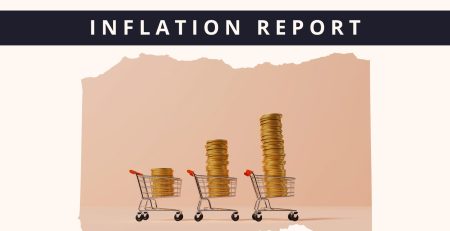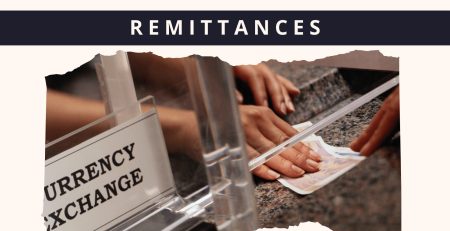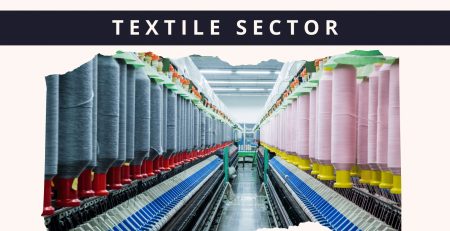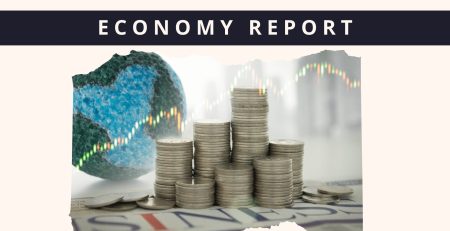Textile Sector Faces Challenges Amid Rising Costs
Turbulent Times for the Textile Industry
The textile sector, which accounts for approximately 60% of the country’s total exports, is currently grappling with various challenges. Rising energy costs and record-high financing rates have put immense pressure on local manufacturers. The sector heavily relies on debt to meet its working capital requirements, and elevated interest rates have significantly increased finance costs, exacerbating the situation.
Sluggish Demand and Competitiveness Issues
In addition to financial challenges, the textile industry is facing sluggish demand due to a slowdown in the global economy and uncompetitive export products. Subsequent hikes in energy costs have further strained manufacturers, who struggle to innovate their product offerings. According to the All Pakistan Textile Mills Association (APTMA), the textile industry is burdened with electricity costs of 17.5 cents/kWh, the highest among its regional competitors, making it less competitive on pricing. This situation raises the risk of closure for local mills.
Potential Relief through Interest Rate Reduction
With headline inflation below 20% and leading demand indicators signalling a significant economic slowdown, the State Bank of Pakistan (SBP) now has room to potentially reduce the benchmark interest rate. Many believe that a decline in interest rates is crucial for manufacturers, as there is little possibility of a reduction in energy tariffs, given the International Monetary Fund’s (IMF) emphasis on full cost recovery for energy.
Impact on Listed Companies
In the listed space, NCL (Company Name) is expected to be the biggest beneficiary of a rate cut. The company’s debt-to-asset ratio is the highest among sample companies at 62%, with finance costs accounting for approximately 93% of its operating profit. Similarly, other major companies in the sector have debt-to-asset ratios above the 35% mark, indicating that they will also experience a significant impact from a decline in interest rates.
| Companies | Market Cap (PKR mn) | Total Debt (PKR mn) | LT Subsidized Debt | Debt-to-Asset | Finance Cost (PKR mn) | FC as % of Sales | Operating Profit (PKR mn) | FC as % of Operating Profit | Net Debt (PKR mn) |
|---|---|---|---|---|---|---|---|---|---|
| NCL | 6,277 | 48,291 | 4,264 | 62% | 7,202 | 9% | 7,709 | 93% | 48,117 |
| ILP | 104,455 | 68,140 | 7,132 | 48% | 7,699 | 5% | 36,616 | 21% | 66,817 |
| ADMM | 4,116 | 10,802 | 5 | 9% | 1,274 | 6% | 2,377 | 54% | 10,246 |
| GADT* | 5,045 | 25,232 | 3,341 | 40% | 3,964 | 6% | 4,372 | 97% | 24,807 |
| NML | 25,909 | 80,405 | 8,894 | 39% | 9,616 | 6% | 10,494 | 92% | 78,126 |
| GATM | 16,081 | 55,601 | 18,520 | 39% | 8,989 | 6% | 14,462 | 62% | 53,839 |
| FML | 35,547 | 28,126 | 7,276 | 36% | 3,047 | 4% | 8,190 | 37% | 27,658 |
| KTML* | 26,292 | 17,894 | 3,609 | 35% | 3,190 | 6% | 6,699 | 49% | 17,056 |
| IMAGE | 1,706 | 457 | 229 | 10% | 6 | 1% | 519 | 12% | 336 |
Disclaimer:
The information in this article is based on research by Insight Research. All efforts have been made to ensure the data represented in this article is as per the research report. This report should not be considered investment advice. Readers are encouraged to consult a qualified financial advisor before making any investment decisions.










Leave a Reply